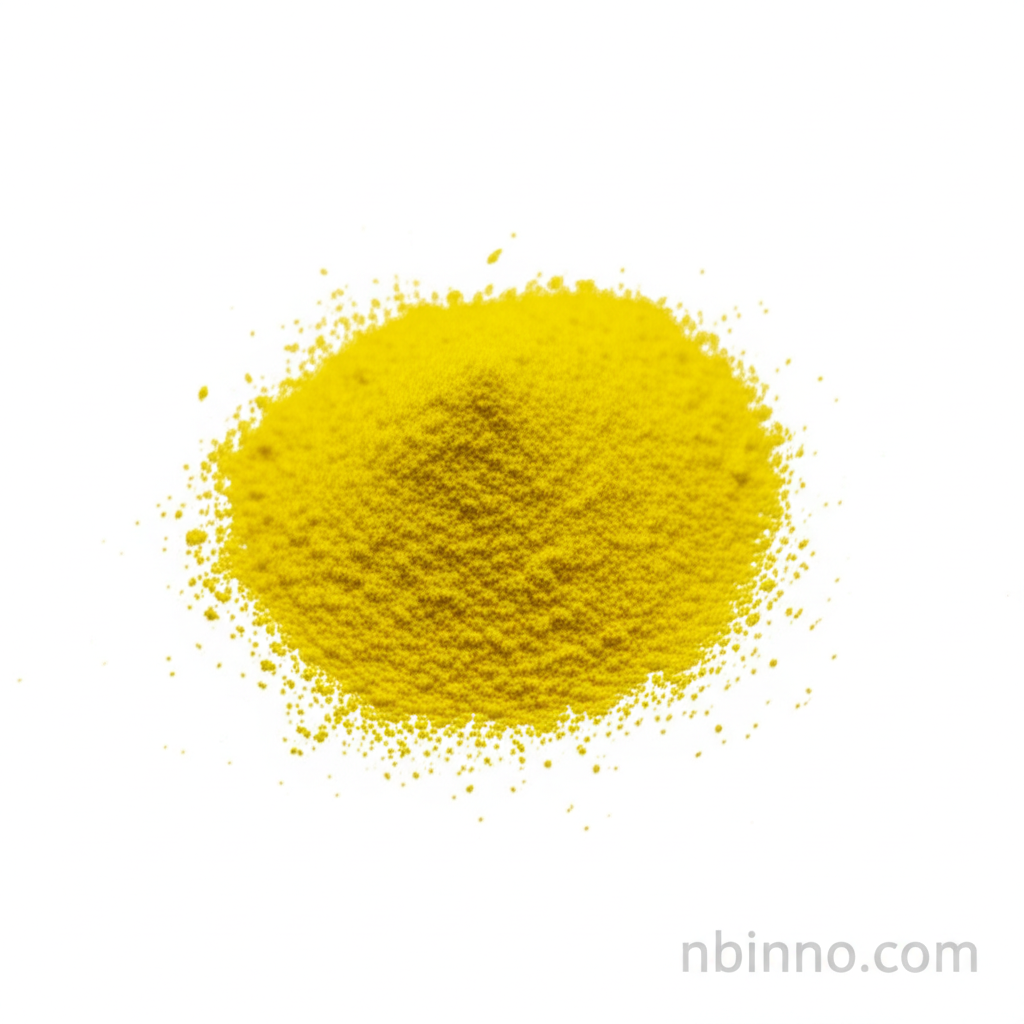Azodicarbonamide: A Key Chemical for Industrial and Food Applications
Discover the properties, uses, and safety aspects of Azodicarbonamide (CAS 123-77-3), a vital compound in various industries.
Get a Quote & SampleProduct Core Value

Azodicarbonamide
Azodicarbonamide, identified by CAS 123-77-3, is a chemical compound primarily recognized for its efficacy as a foaming agent, often referred to as Foaming Agent AC or ADC. Its molecular structure (C2H4N4O2) and a molecular weight of 116.08 contribute to its distinct yellow powder appearance. This compound plays a crucial role in enhancing material properties across various sectors.
- Understanding the significant role of azodicarbonamide foaming agent uses in product development. Our focus is on leveraging its properties to create resilient and flexible materials.
- Exploring azodicarbonamide in food industry applications reveals its capacity to improve dough texture and volume in baked goods.
- The chemical azodicarbonamide (CAS 123-77-3) is detailed in terms of its specifications, including gas-forming amount and decomposition temperature, vital for industrial applications.
- We delve into azodicarbonamide flour treatment to explain how it enhances the physical properties of dough, leading to better high-gluten dough structures.
Advantages Provided by the Product
Enhanced Material Elasticity
As a potent foaming agent, azodicarbonamide significantly boosts the elasticity of materials like rubber soles and yoga mats, making them more durable and comfortable.
Improved Dough Characteristics
In the food sector, employing azodicarbonamide in food industry applications results in improved dough strength and flexibility, crucial for baking quality.
Controlled Chemical Reactions
The precise decomposition temperature and gas-forming amount of azodicarbonamide allow for controlled foaming processes, ensuring consistent product quality.
Key Applications
Foam Production
Utilizing azodicarbonamide foaming agent uses leads to the creation of expanded polymers with desirable cushioning and insulating properties.
Baking Industry
As a flour treatment agent, azodicarbonamide improves dough handling and the final texture of baked goods, a key aspect of azodicarbonamide flour treatment.
Rubber Manufacturing
The compound is essential for producing flexible and lightweight rubber products, contributing to the performance of items like sports equipment.
Food Dough Conditioning
In the azodicarbonamide in food industry context, it acts as a conditioner, enhancing the extensibility and strength of wheat flour dough.
Related Technical Articles & Resources
Why Choose Us?
Leverage our expertise and state-of-the-art infrastructure to accelerate your journey from discovery to commercial success.
Global Experience
With 20 years of R&D, manufacturing, and sales experience, we proudly serve clients across 60 countries and regions worldwide.
Advanced Facilities
Our in-house R&D laboratory, pilot platform, and large-scale production workshop are equipped to meet the audit requirements of global customers.
Seamless Scalability
We facilitate a perfect transition from small-scale lab requirements (grams) to full commercialization (hundreds of tons).
